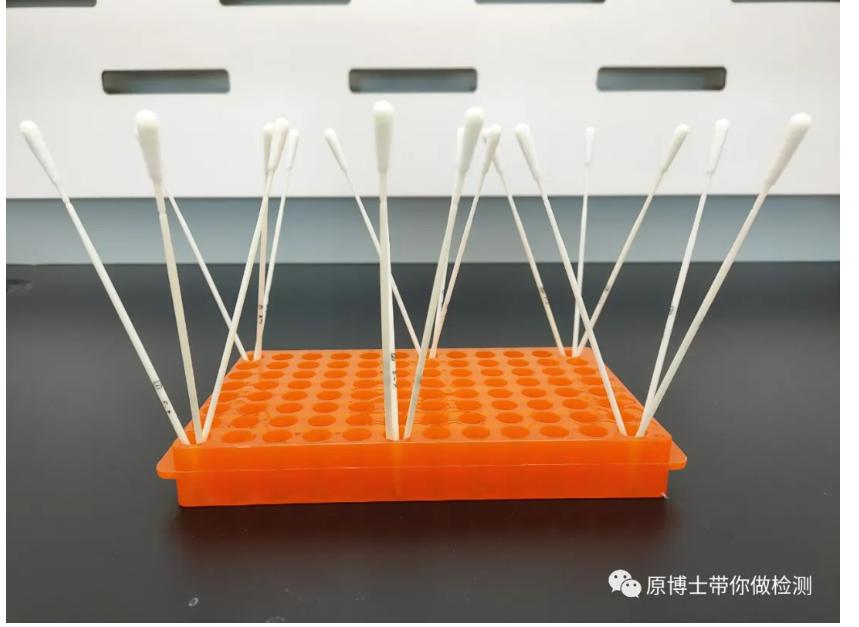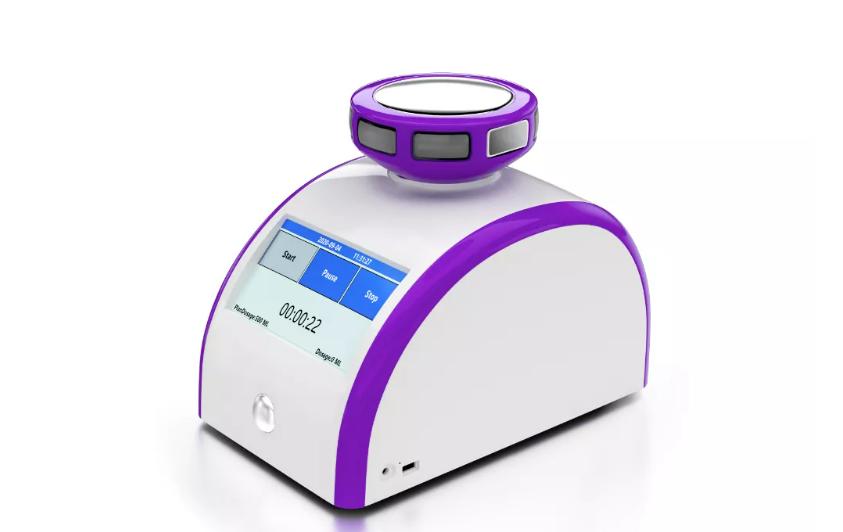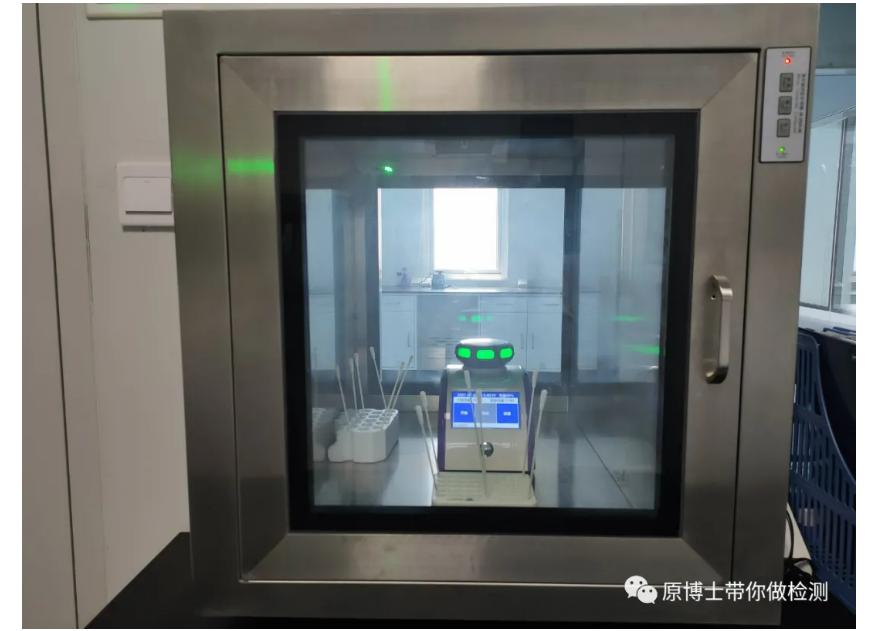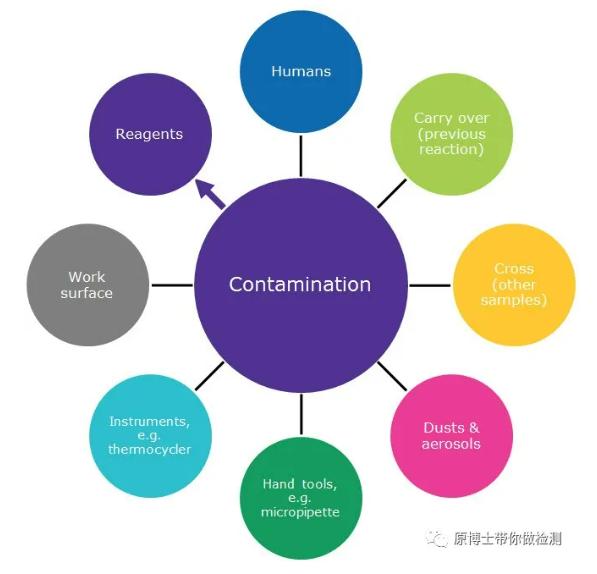PCR methods and nucleic acid aerosol contamination in nucleic acid testing laboratories are like two sides of a coin. We can only choose to have it or not, but we can’t choose whether we want it or spend it.
1. Screening of DNA remover
To achieve the spatial removal of nucleic acid aerosol contamination, it is first necessary to screen out DNA removers that can remove nucleic acids in a liquid state. Because there are not many DNA removers that really work. For the experimental method, please refer to: DNA remover can not be a "secret corner" of the laboratory!
In this experiment, 100 copies/μL (CT approximately 31) of ASFV plasmid and DNA remover quantified by digital PCR were mixed in equal volumes, and then reacted at room temperature for 10min, 20min and 30min respectively. After nucleic acid extraction, qPCR amplification was carried out. A positive control mixed with plasmid and water was compared. Since the experiment was not completed at the same time, there may be a certain deviation between the results, but it does not affect the conclusion of the experiment. So far, I have evaluated 10 commercial DNA remover products. Only No. 1, No. 6 and No. 8 products can effectively degrade plasmid DNA in liquid state. Other products have almost no effect.
Table 1 Nucleic acid removal effect of commercially available DNA remover
2. The DNA removal effect experiment of commonly used disinfectants
1. Screening of commonly used disinfectants
There are many types of disinfectants commonly used in laboratories: aldehydes, phenols, alcohols, quaternary ammonium salts, peroxides, chlorine preparations, and acids and bases. The disinfection effects of these disinfectants on microorganisms have been fully verified by experiments, but There are no sufficient experimental data on the degradation effect of nucleic acids. Nucleic acid testing laboratories need a disinfectant that not only has a good disinfection effect on microorganisms, but also can degrade DNA. The test results show that only two chlorine preparations of 84 disinfectant and trichloroisocyanuric acid and 1 M hydrochloric acid meet the requirements. Since 1 M hydrochloric acid is highly corrosive, it is recommended that chlorine preparations be used as waste disposal in nucleic acid testing laboratories. However, chlorine preparations are corrosive to metals and cannot be used for disinfection of instruments and equipment.
Table 2 DNA removal effects of different types of disinfectants
2. The minimum effective concentration of chlorine preparations
Chlorine-based disinfectants have a strong DNA degradation effect, but due to their metal corrosiveness and irritation, they can be used to clean the floor, non-metal countertops, soaking tips, centrifuge tubes and other test items.
According to the "New Coronary Pneumonia Epidemic Disinfection Technical Guidelines": Pollutants (patients' blood, secretions and vomit) available chlorine 5g/L-10g/L chlorine-containing disinfectant; floors, walls, and object surfaces use available chlorine 1g/L Chlorine disinfectant: clothes, bedding and other textiles are first soaked in chlorine disinfectant with 0.5g/L available chlorine for 30 minutes, and then cleaned as usual.
Table 3 DNA removal effect of different concentrations of chlorine disinfectant
The test results show that: when the effective chlorine concentration is greater than or equal to 1.2 g/L, the chlorine-containing disinfectant can completely degrade 100 copies/μL plasmid when it is used for 5 minutes. When acting for 10 minutes, 84 disinfectant with an effective chlorine concentration greater than or equal to 0.6 g/L can completely degrade 100 copies/μL of plasmids.
3. Air removal experiment polluted by nucleic acid aerosol
How to clean up the air polluted by nucleic acid aerosols? Most of the thoughts are to create an aerosol-contaminated environment and then clean it up, or to clean up nucleic acids after contamination. For me, an experiment that cannot be repeated and the results of the experiment cannot be quantitatively analyzed is meaningless, so I borrowed some methods of disinfectant air disinfection. See "GB27948-2020 General Requirements for Air Disinfectants" and "Disinfection Technical Specifications"
1. Test materials
1.1 DNA remover: In this experiment, two commercially available DNA removers 6 and 8 in Table 1 were selected.
1.2 Test plasmid: Considering that the CT value of most laboratory pollution will be higher than 30, the concentration of ASFV gene plasmid used this time is about 100 copies/μL, and the fluorescent quantitative PCR CT is about 31.07. Add the plasmid to the flocking cotton swab and air dry.
1.3 Test instrument: The Bilingkehan KVBOX disinfection instrument, which is kindly supported by Shenzhen Runlian Environmental Technology Co., Ltd., has excellent air disinfection performance with hydrogen peroxide disinfectant, and can effectively kill spores and other microorganisms.
1.4 Test space: a closed transfer window of about 0.1 cubic meters.
2. Test method
The amount of disinfectant set on the disinfection machine is 10ml, and the concentration is 100ml/m3, which is much higher than "GB27948-2020 General Requirements for Air Disinfectants": when using aerosol spray disinfection, the amount of disinfectant should be ≤10 ml/m3
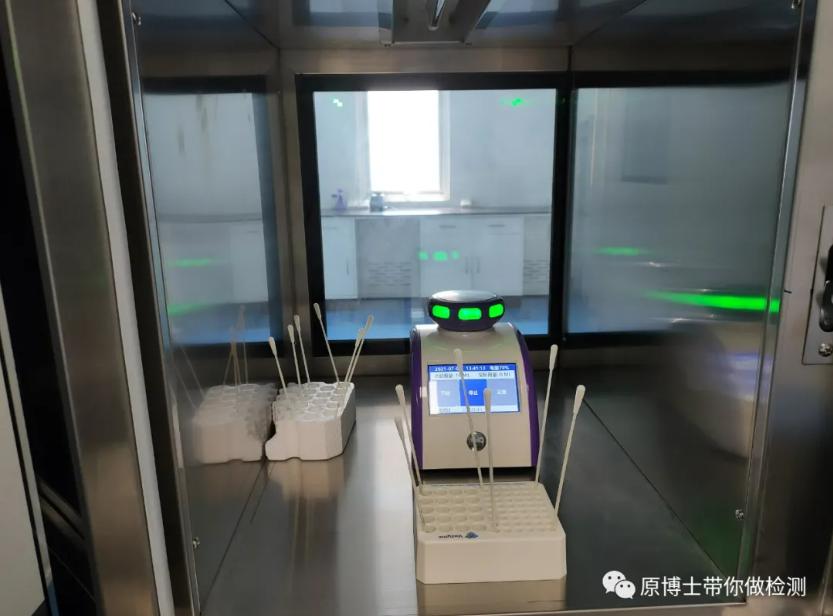
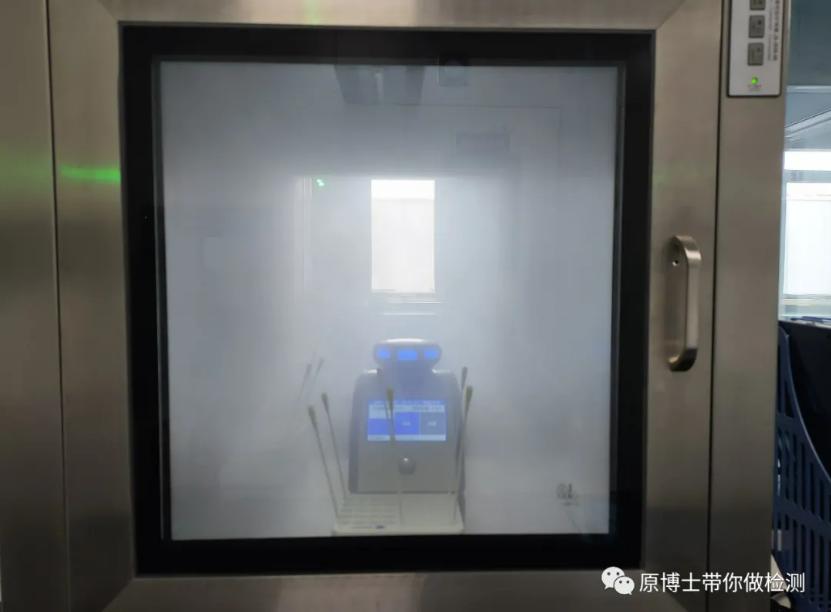
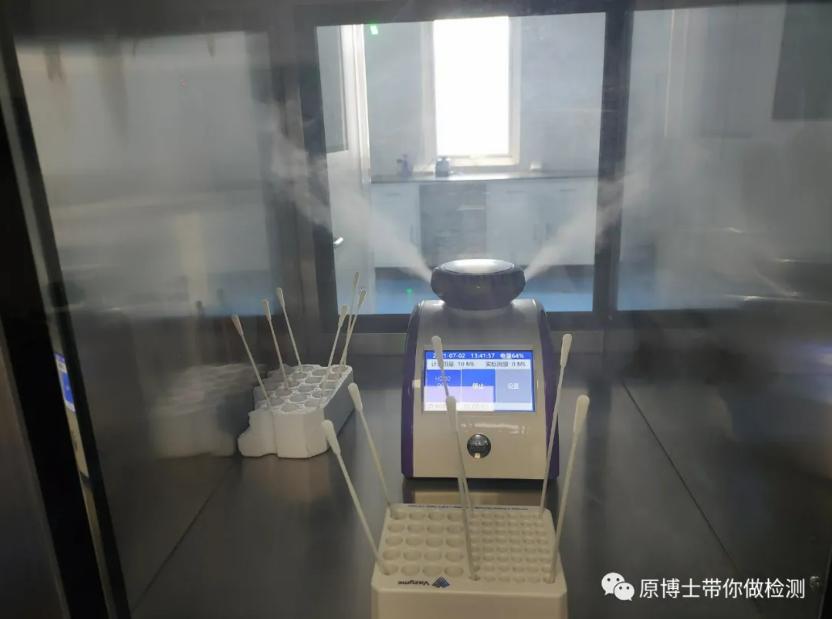
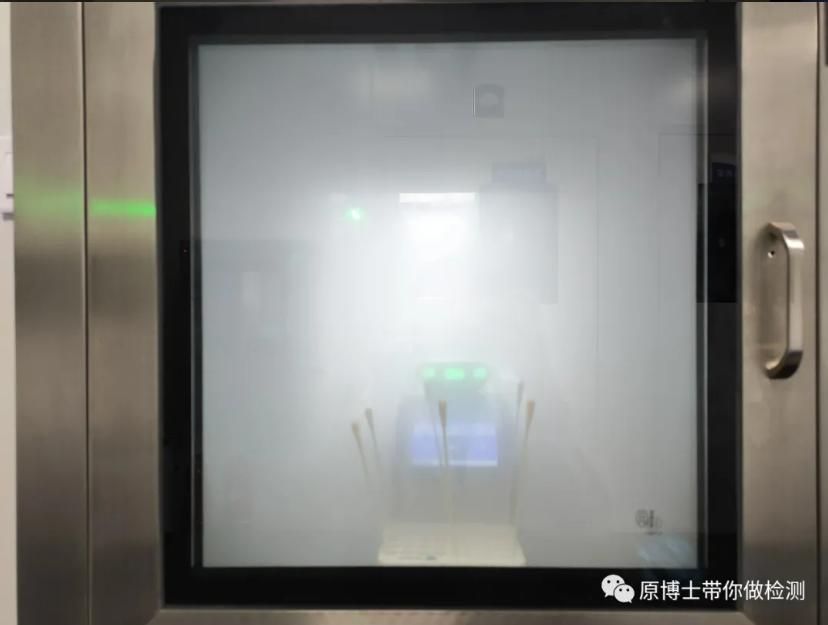
After spraying, it was sealed for 2 hours, and then the flocked swab with the plasmid was eluted with TE, and the flocked swab with the plasmid without fumigation was set as a control. Use fluorescence quantitative PCR method for detection.
Table 4 Air nucleic acid removal test results
3. Test results
Two kinds of DNA removers that can effectively degrade plasmids in liquid state have no effect at all in the air nucleic acid removal experiment. I am looking forward to finding a solution that can be used to remove nucleic acid aerosol pollution in the air to completely solve the problem of nucleic acid aerosol pollution in nucleic acid testing laboratories, but no such product has been found for the time being. I believe that in the future, there will be high-performance nucleic acid removers that can be used for air nucleic acid removal.
4. Give up illusions and focus on prevention
No matter how companies boast about their nucleic acid removal products, I suggest that the majority of friends who are engaged in nucleic acid testing give up the once and for all illusions and recognize the reality: it is very difficult to remove the air polluted by nucleic acid aerosols, or take a solid preventive measure and Daily monitoring work!
Post time: Sep-10-2021









